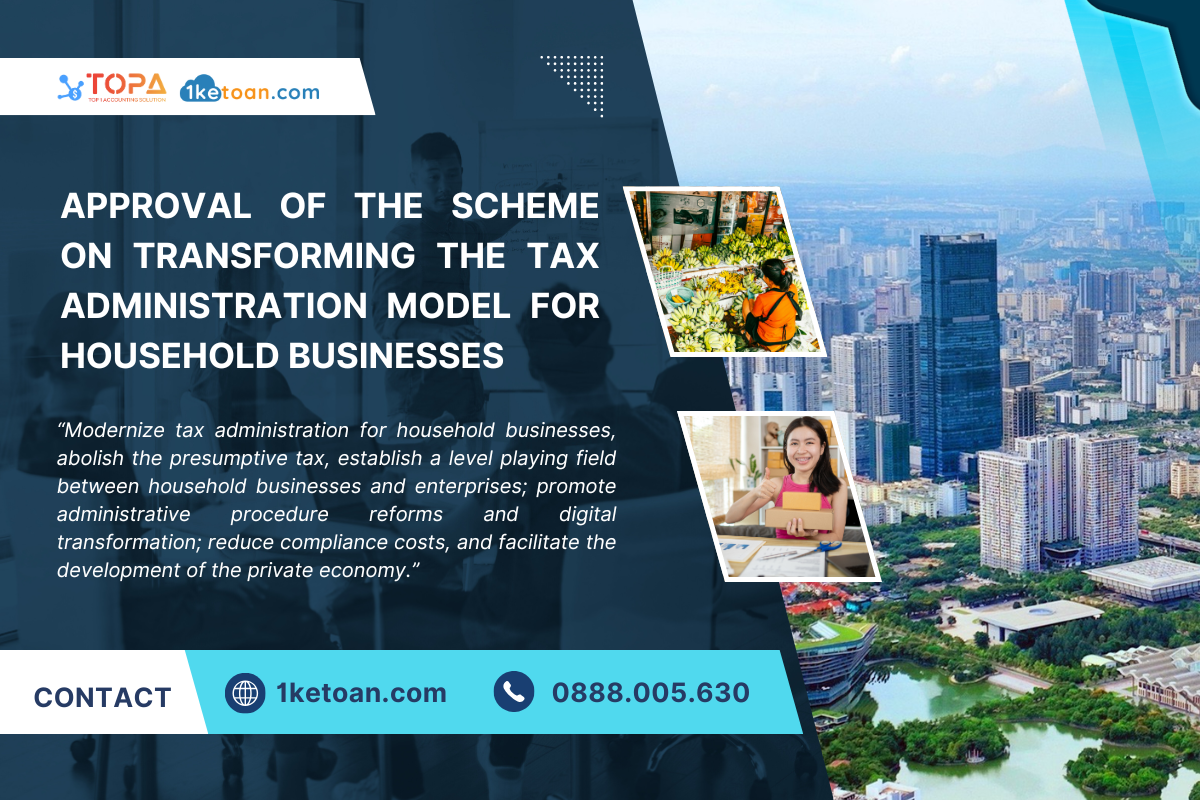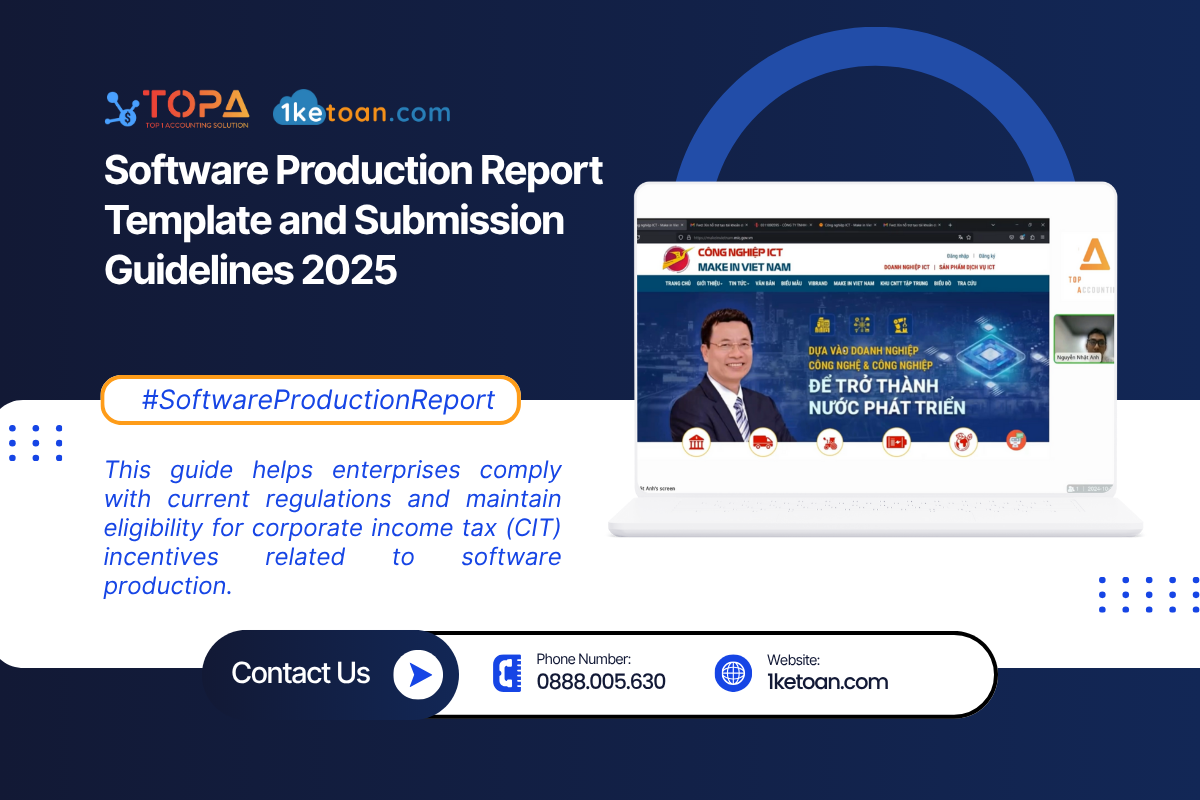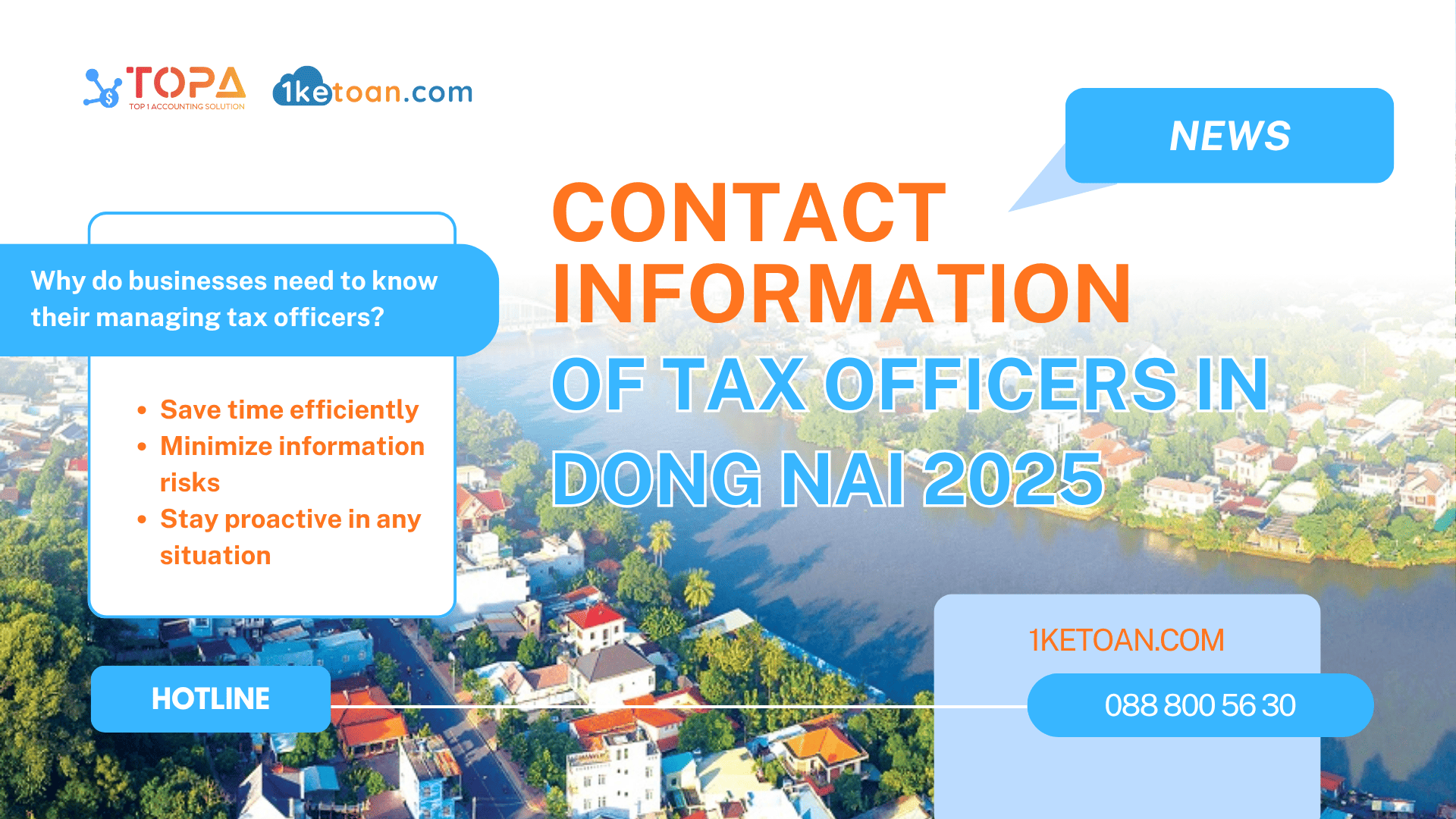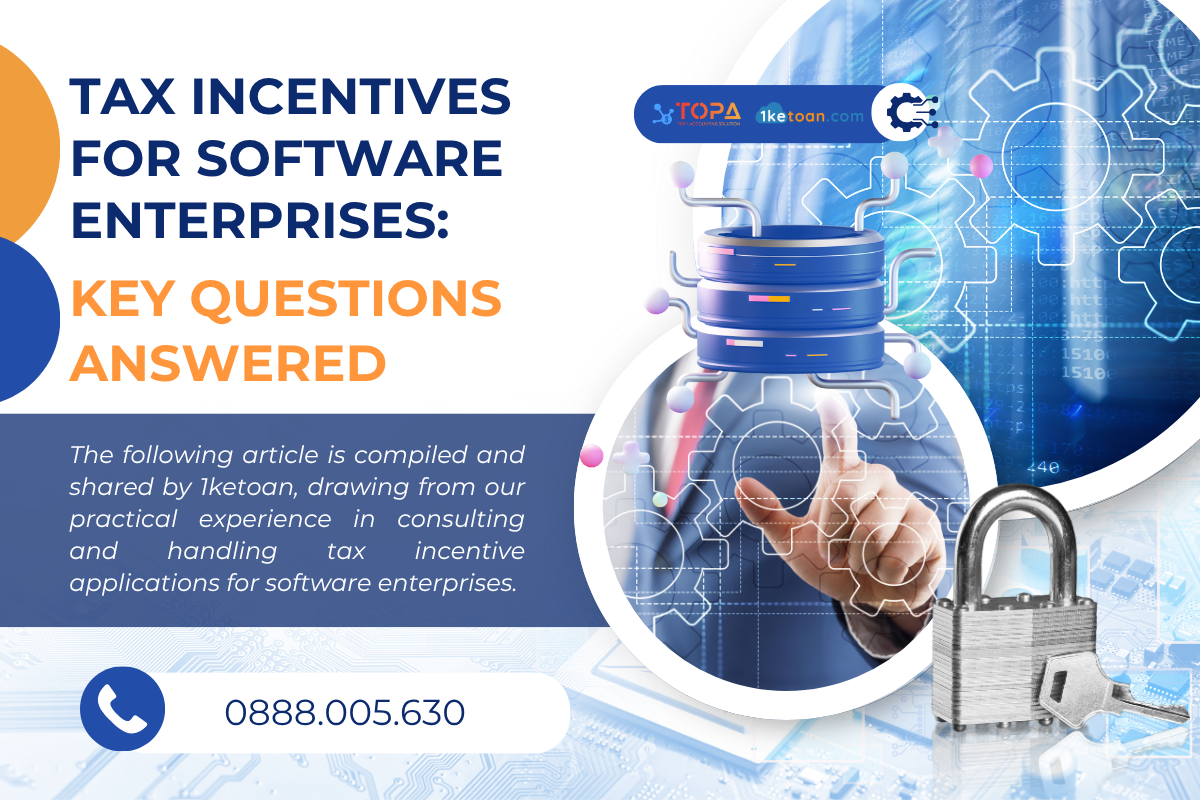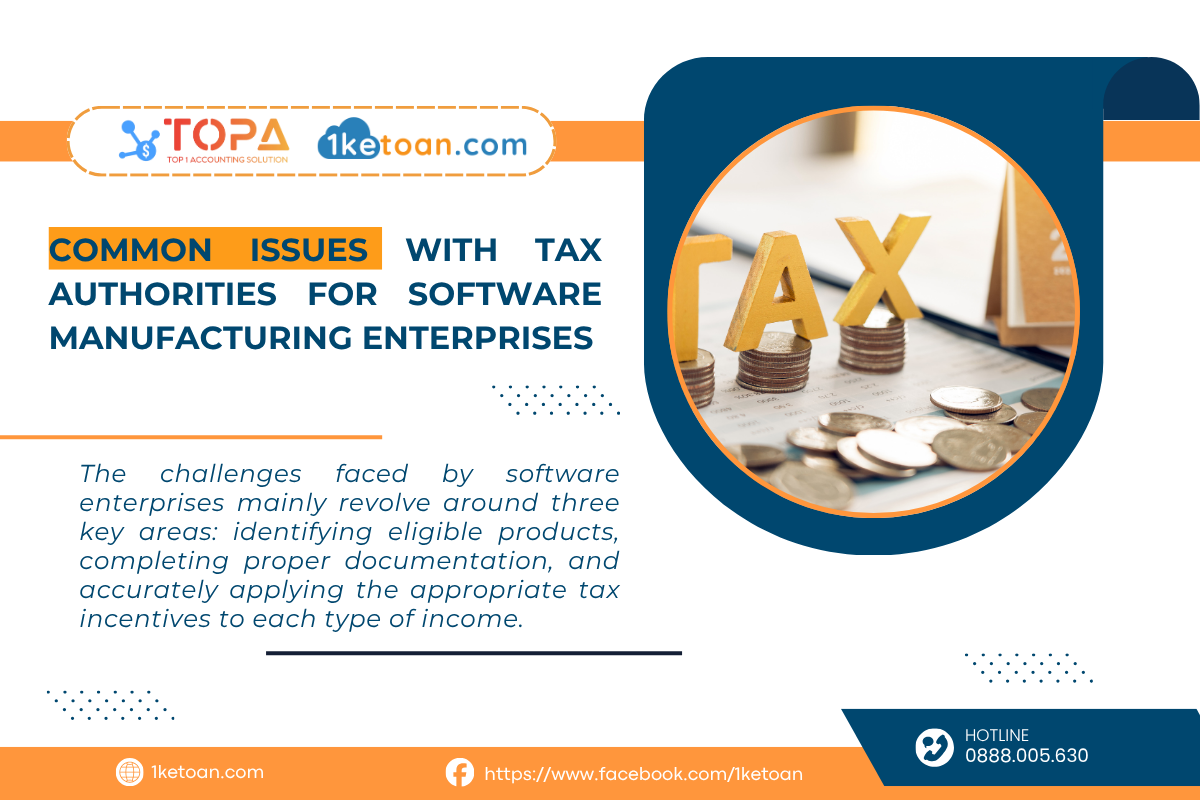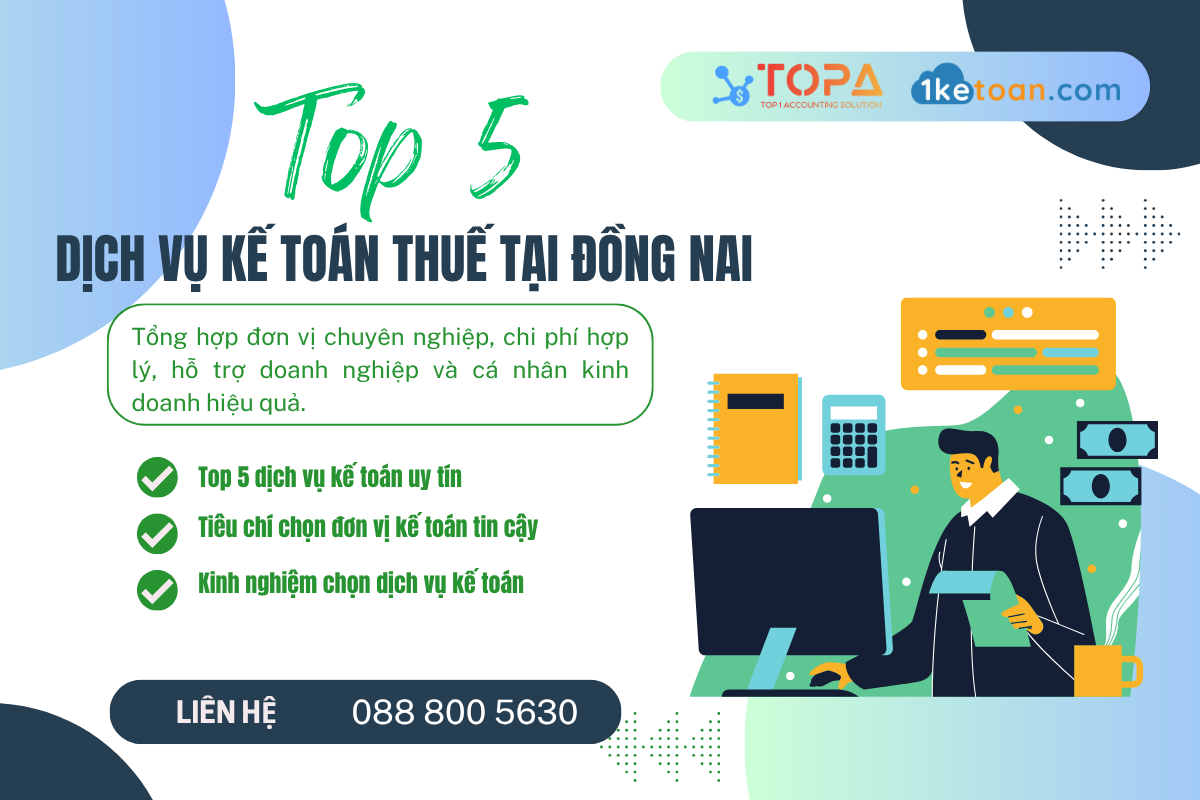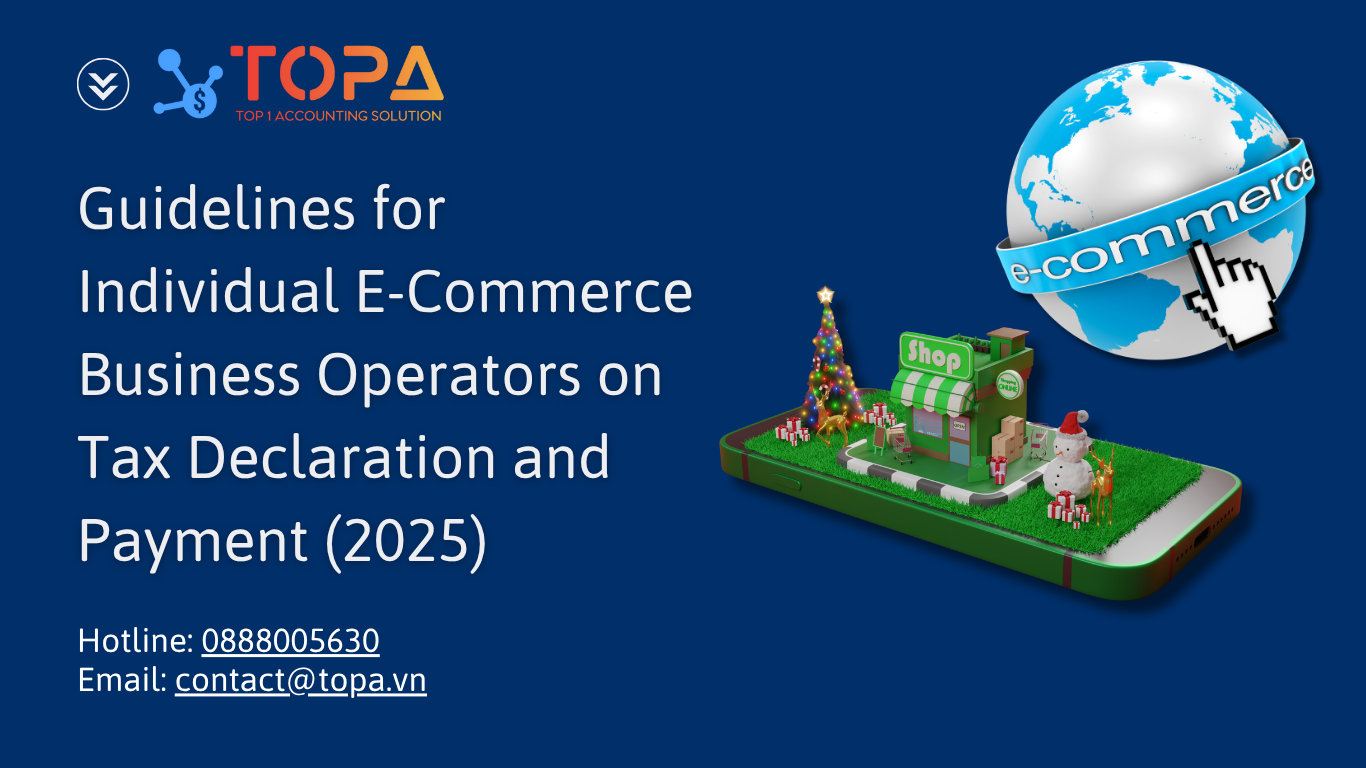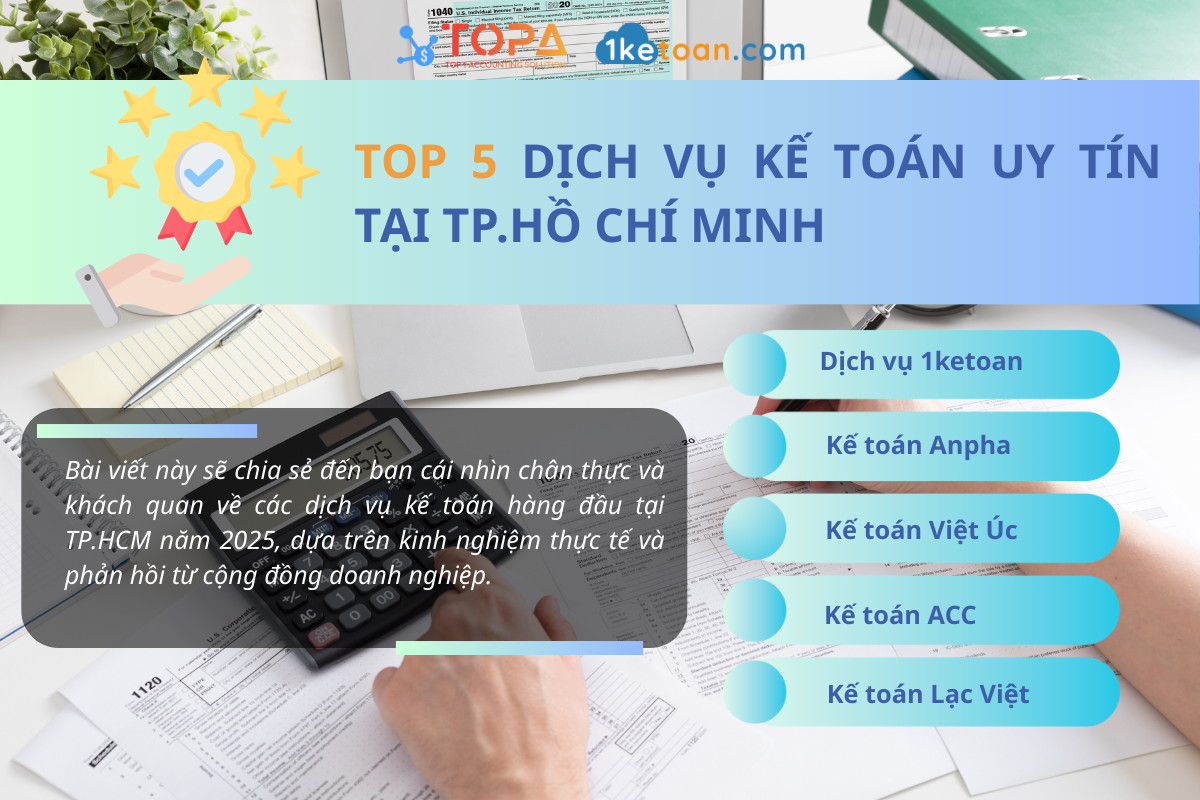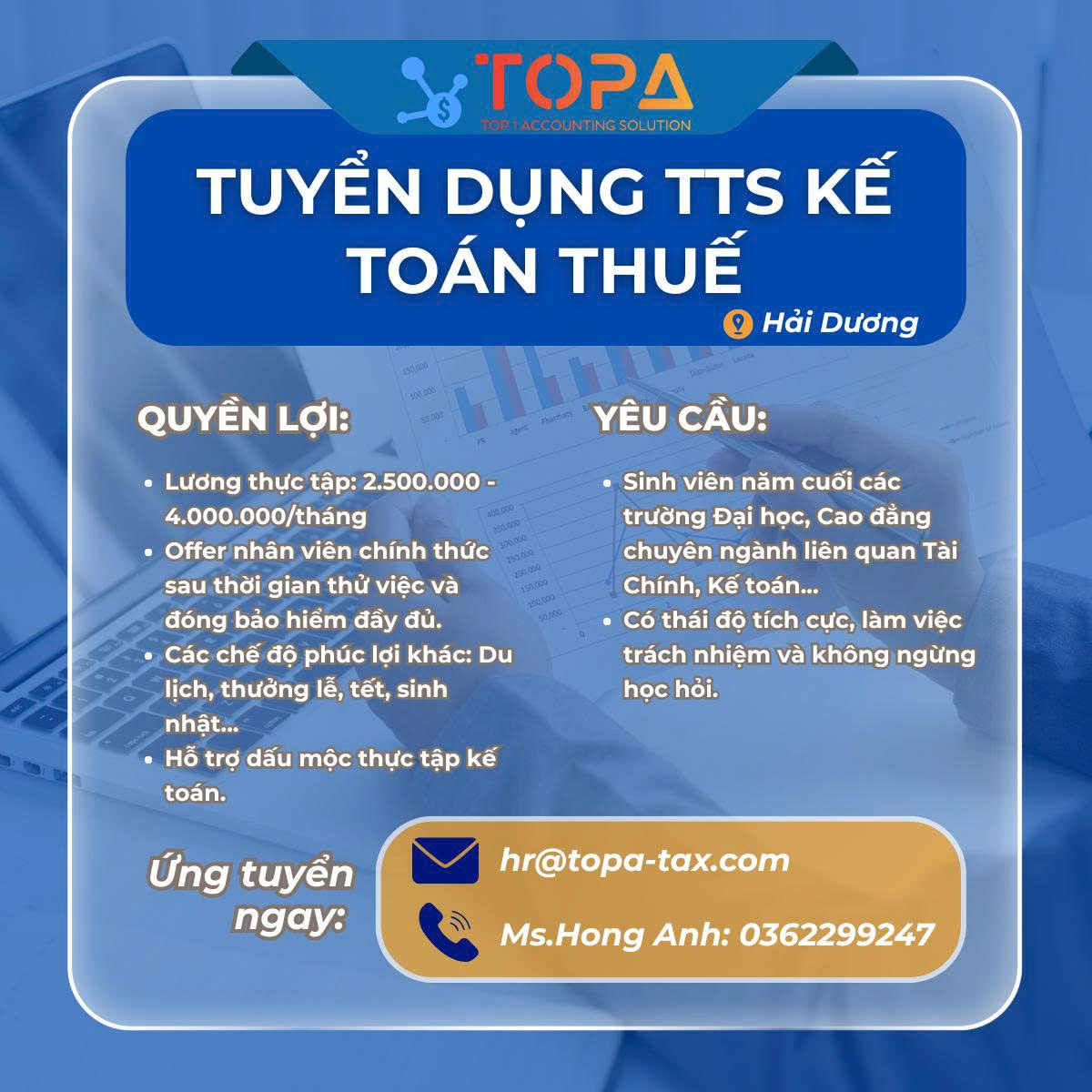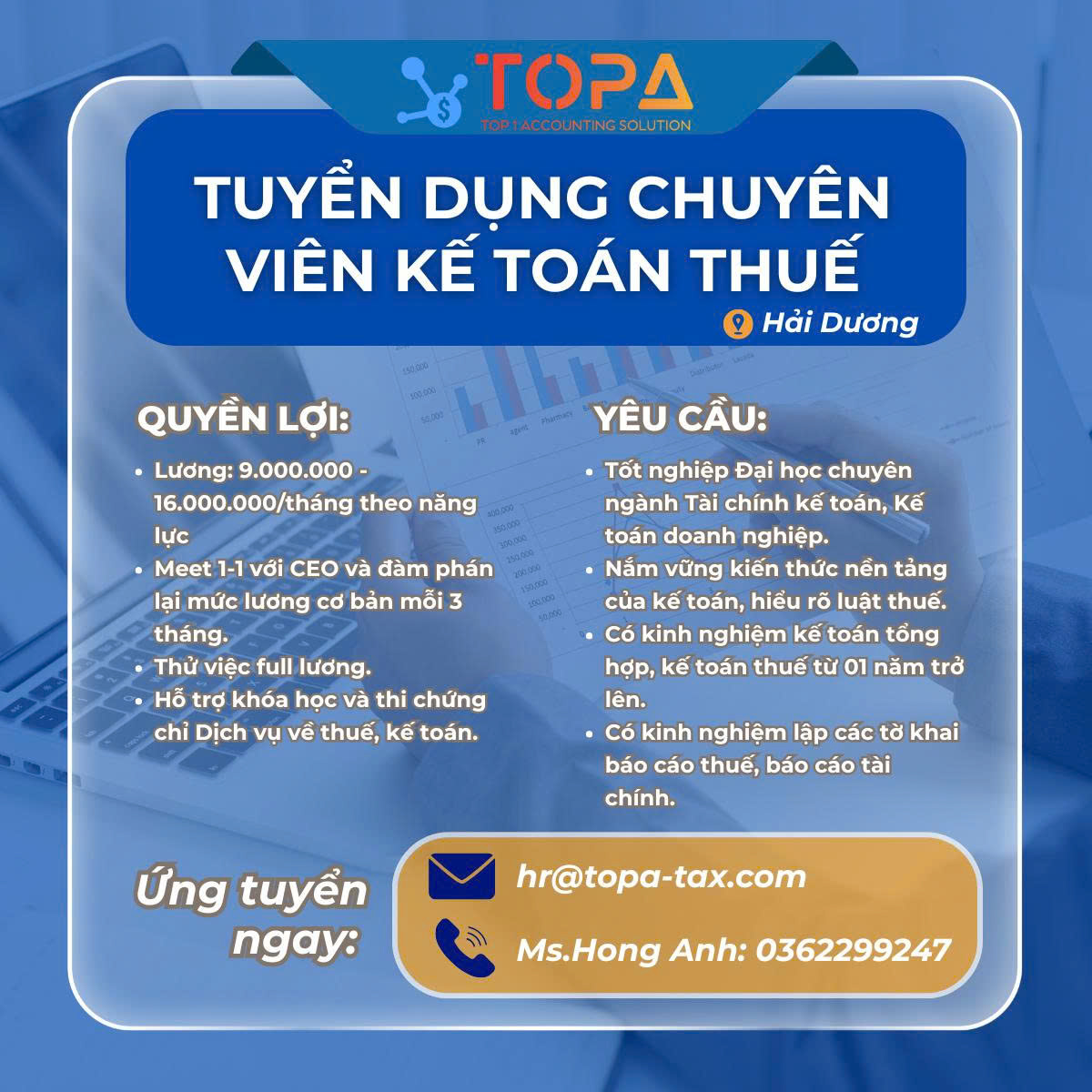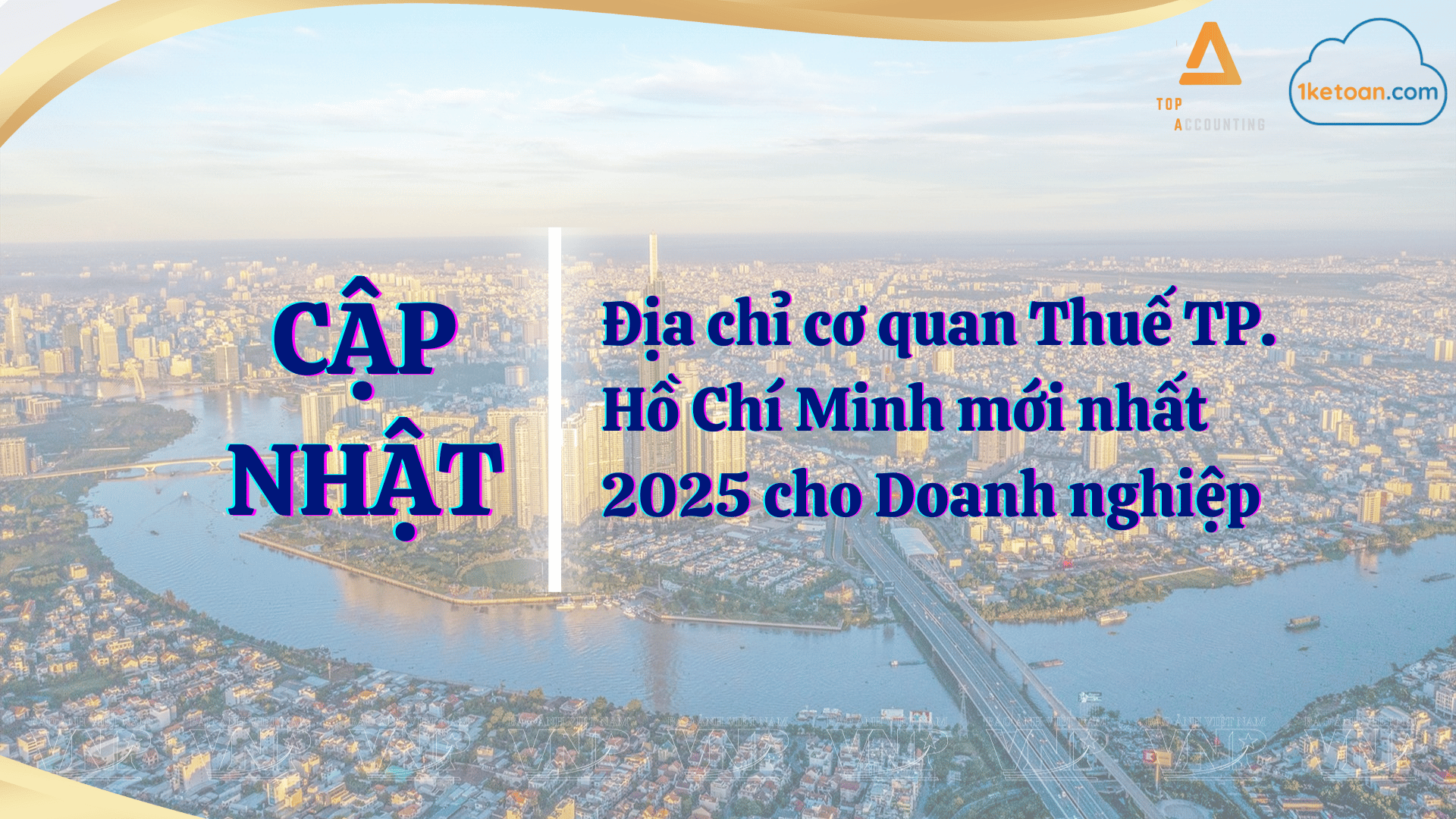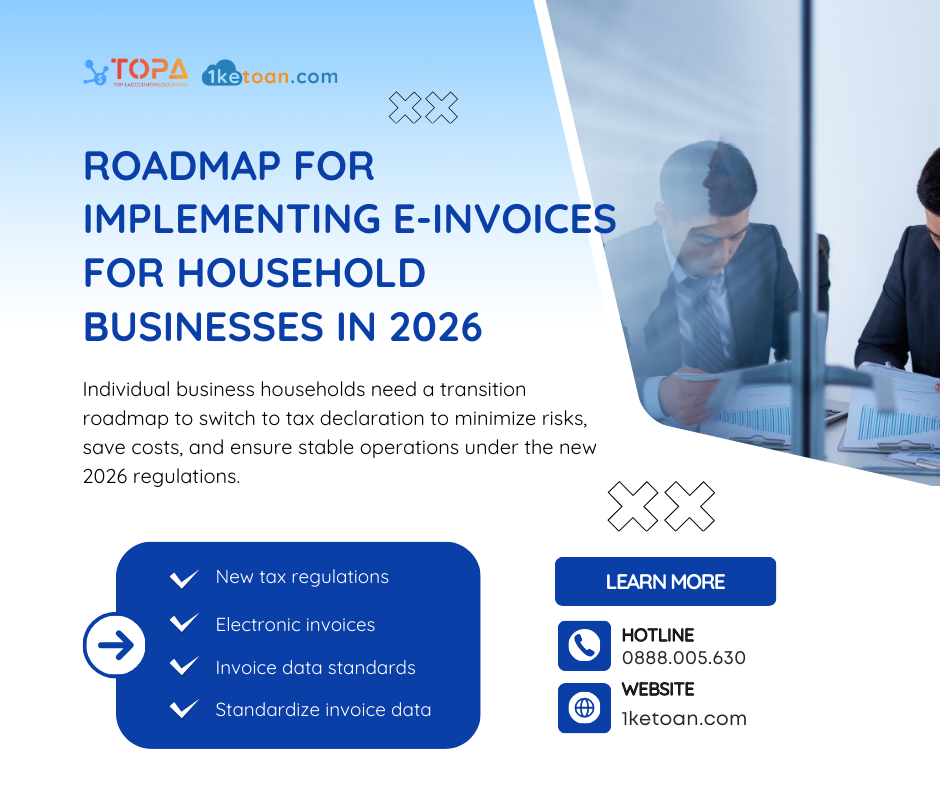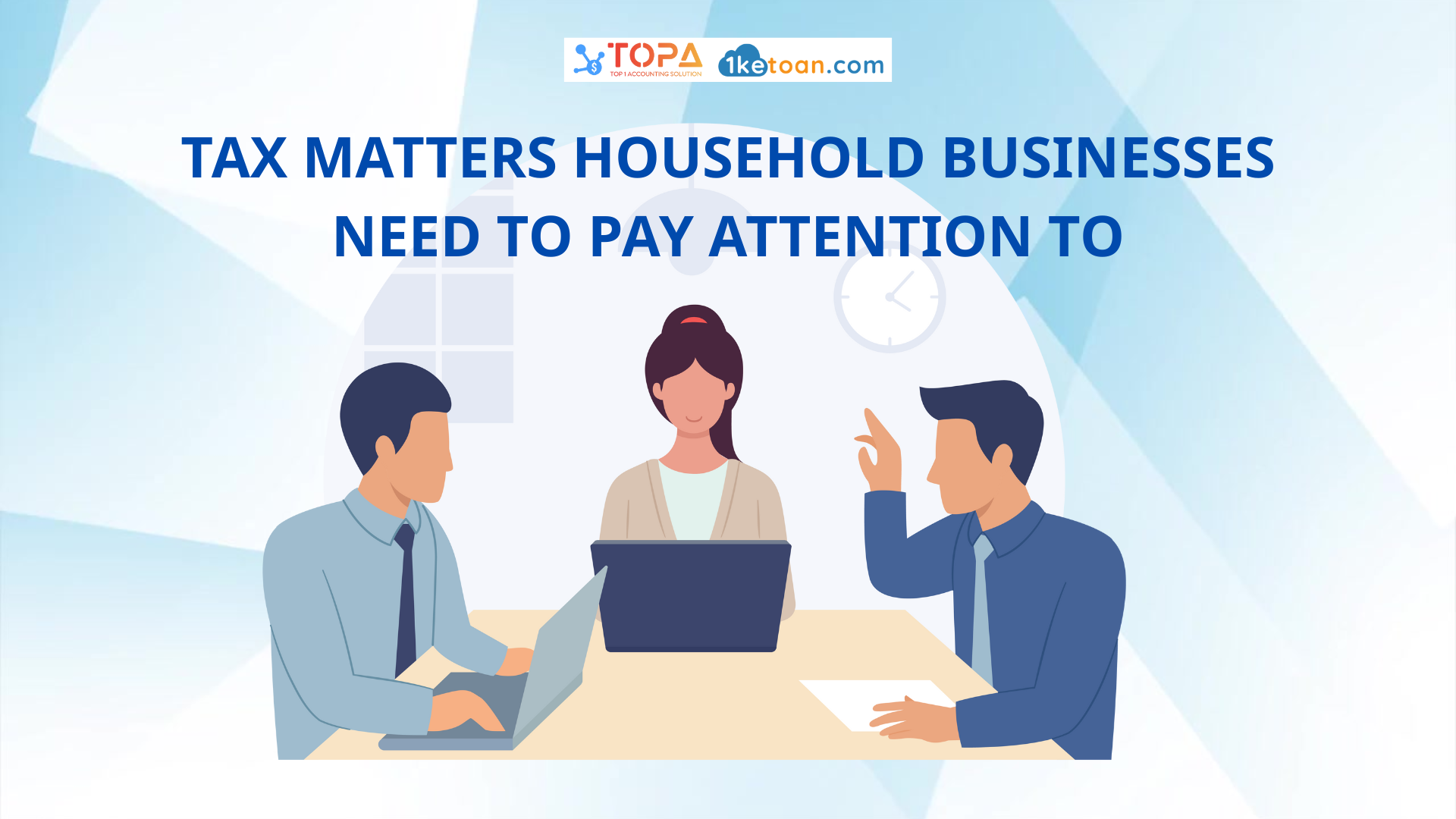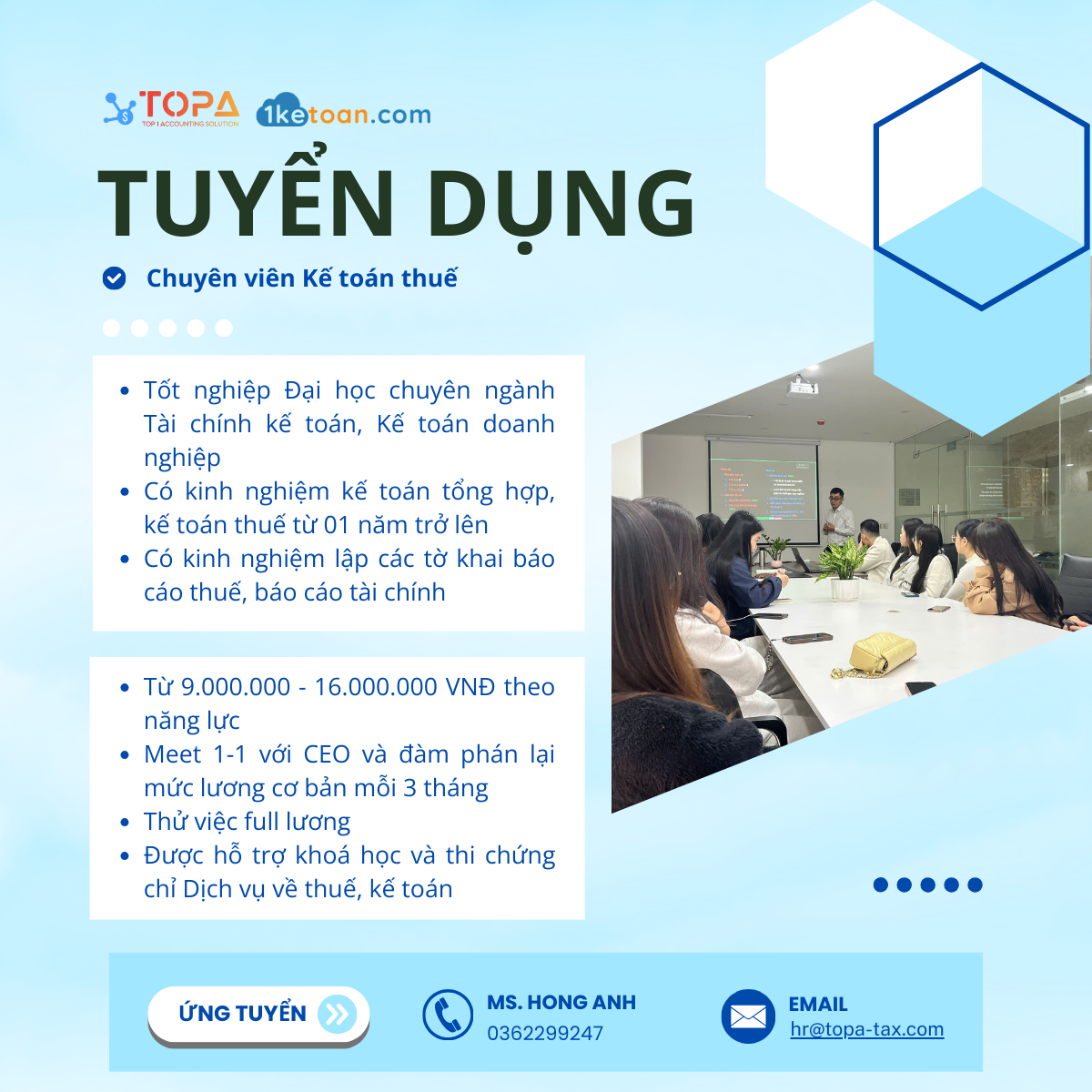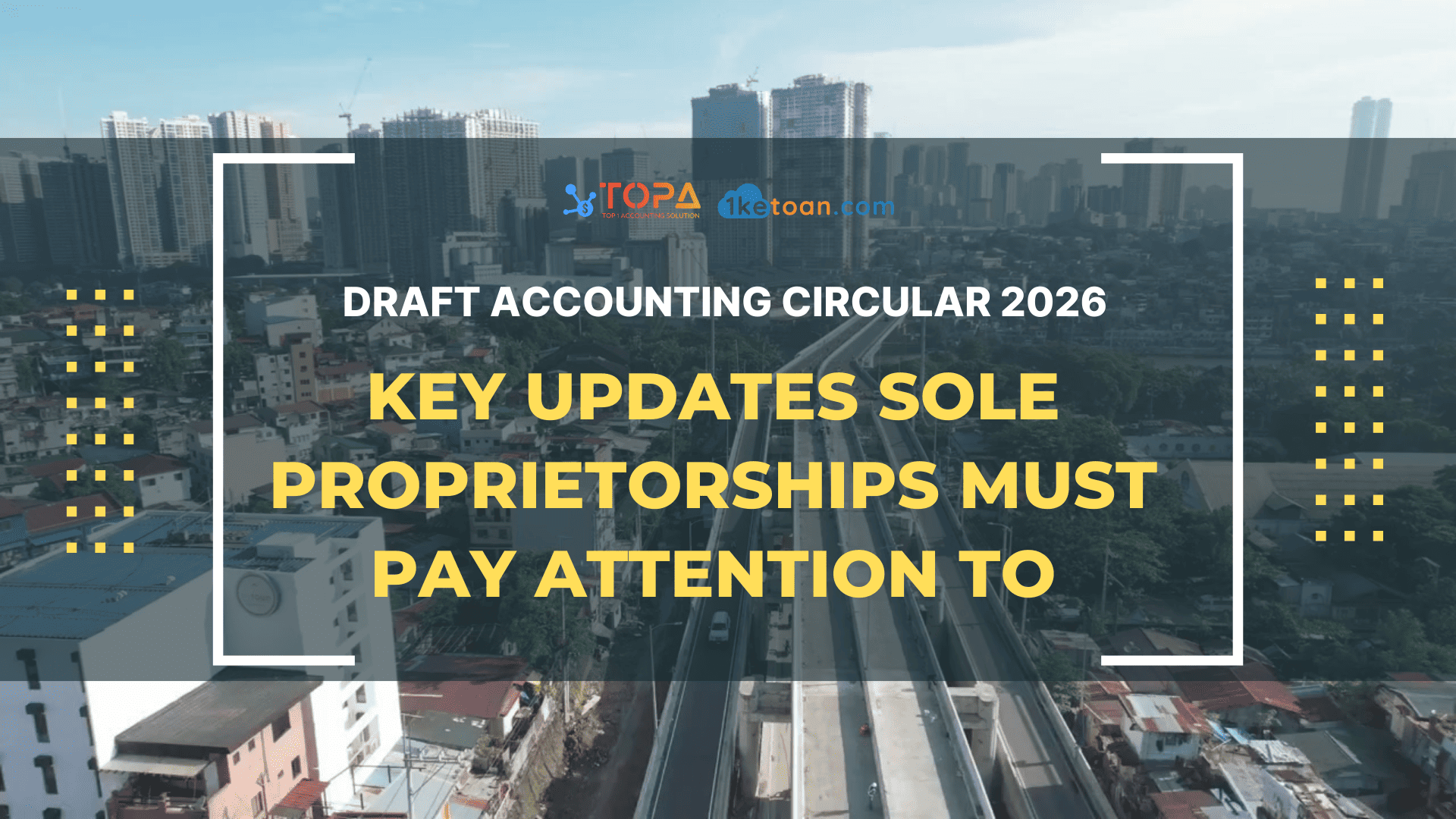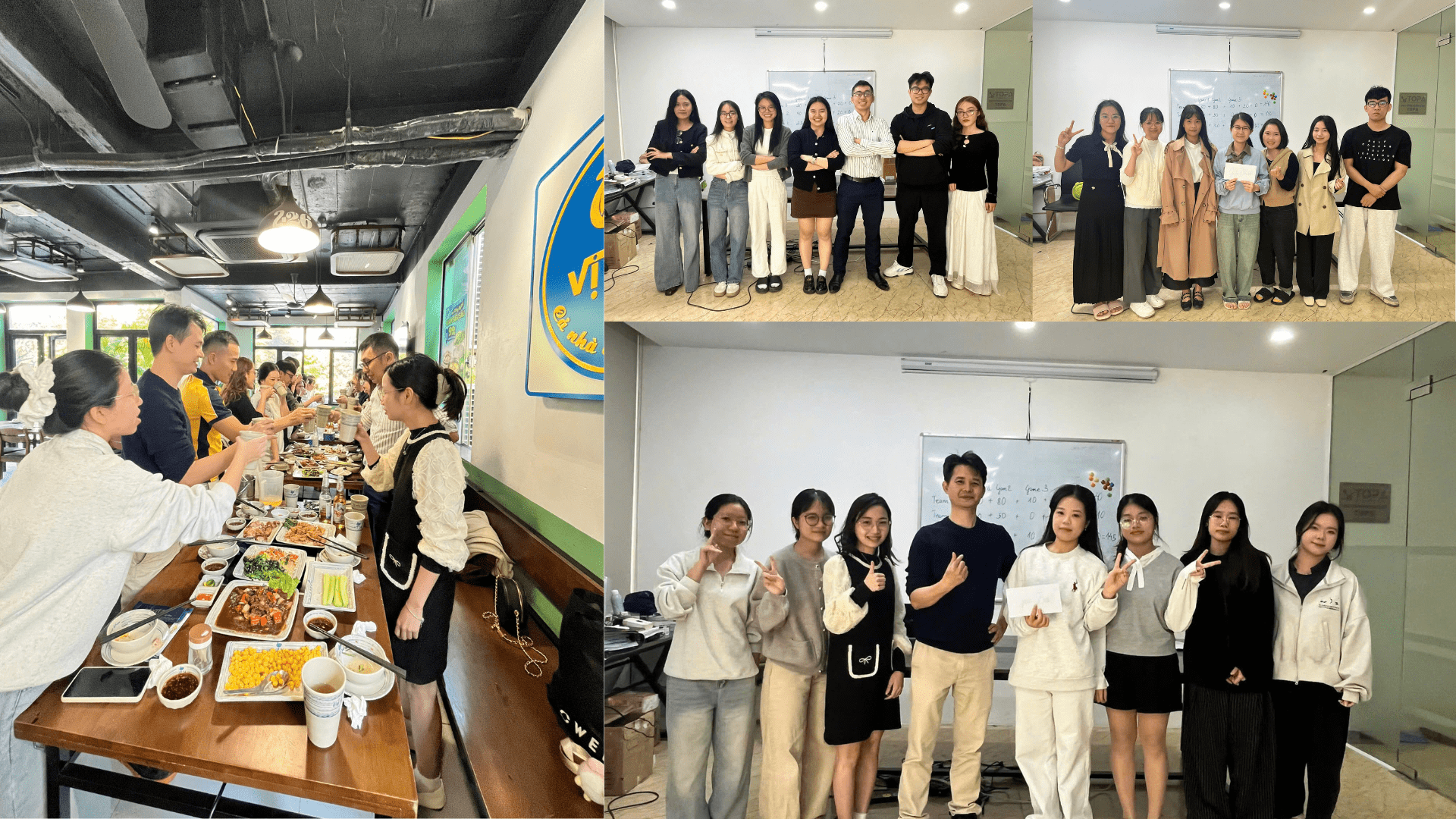Common Issues with Tax Authorities for Software Manufacturing Enterprises
Table of Contents:
- Why do software manufacturing enterprises often face many issues with tax authorities?
- Conditions for applying corporate income tax incentives
- Procedures for implementing corporate income tax incentives
- Difficulties in determining which software products are eligible for incentives
- Issues related to VAT incentives and tax refunds
- Issues regarding corporate income tax incentives
- Conclusion
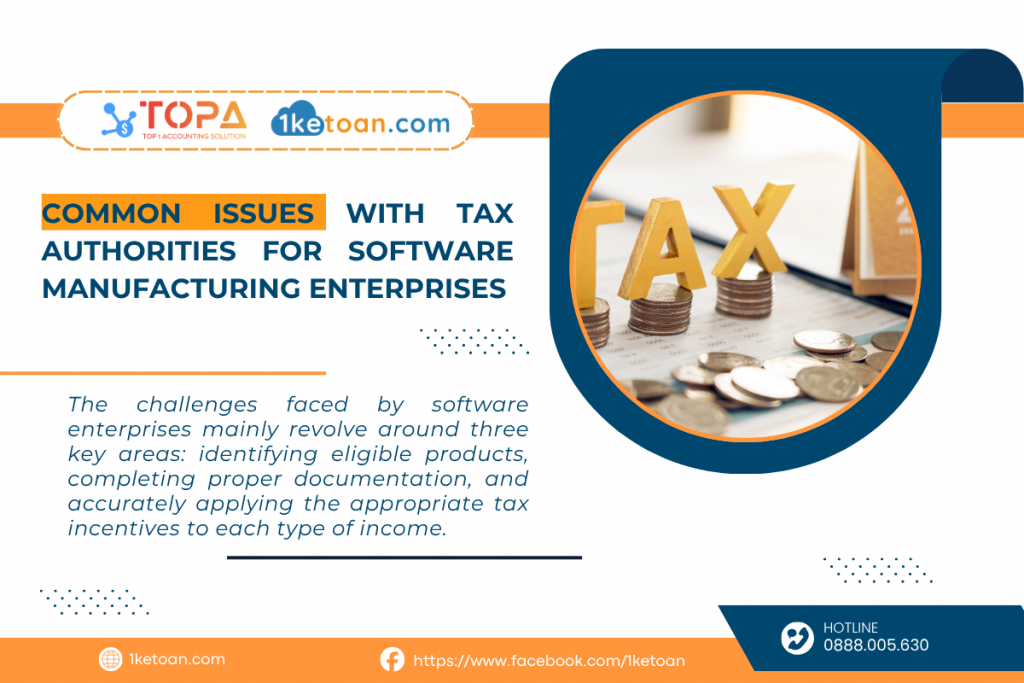
Nội dung
- 1 1. Why do software manufacturing enterprises often face many issues with tax authorities?
- 2 2. Conditions for Applying Corporate Income Tax (CIT) Incentives
- 3 3. Procedures for Implementing Corporate Income Tax (CIT) Incentives
- 4 4. Difficulties in Determining Software Products Eligible for Tax Incentives
- 5 5. Issues Related to VAT Incentives and Tax Refunds
In practice, software manufacturing enterprises are among the groups that receive the most tax incentives — yet they are also the ones most frequently subject to tax inspections and audits.
This situation does not arise from a lack of supportive policies, but rather from three core legal and operational barriers:
a. Fragmentation and overlap in the legal framework
Tax incentive policies for software are not centralized in a single regulation but are scattered across various laws, decrees, and circulars issued by both the Ministry of Finance and the Ministry of Information and Communications (notably, Circular No. 13/2020/TT-BTTTT on determining software production activities that meet the required processes).
This dispersion leads to:
- Difficulty in reference and application: Enterprises may misinterpret or incompletely apply the required conditions.
- Disputes over interpretation: Tax authorities and enterprises may have different understandings of the conditions and scope of incentives, creating complications during declaration and audit processes.
b. Confusion between “Software Production” and “Software Services”
This is the most controversial issue.
Corporate Income Tax (CIT) incentives — including a 10% tax rate for 15 years, 4 years of exemption, and a 50% reduction for the following 9 years — apply only to income derived from software production (as stipulated in Clause 1, Article 14 of the Law on Corporate Income Tax 2025 regarding tax exemption and reduction).
In contrast, income from software services (such as maintenance, consulting, or system integration) is exempt from VAT but is subject to the standard CIT rate of 20%.
The challenge: Most contracts in reality are package contracts, combining both design (production) and implementation, maintenance (services).
Enterprises often fail to clearly separate the revenue between these two parts.
During audits, tax authorities tend to exclude the service portion from CIT incentives, significantly increasing the payable tax amount.
Legal basis: Clause 1, Article 16 of Decree 218/2013/NĐ-CP, as amended by Clause 16, Article 1 of Decree 12/2015/NĐ-CP, and Article 15 of Decree 218/2013/NĐ-CP.
c. Incomplete documentation to prove eligibility for incentives
To qualify for CIT incentives, enterprises must prove that their production activities comply with the prescribed software production process.
Risk: Many small or newly established enterprises often fail to prepare or properly retain essential technical documentation, such as requirement specifications, system design documents, or testing reports.
Consequence: Missing or incomplete documentation gives tax authorities grounds to reject the entire CIT incentive claimed by the enterprise.
In summary, throughout interactions with tax authorities — from tax declarations to refund requests and audits — software enterprises often encounter issues concentrated around three main areas:
- Identifying which products are eligible for incentives,
- Completing sufficient supporting documentation, and
- Correctly applying the appropriate level of incentives to each income category.
2. Conditions for Applying Corporate Income Tax (CIT) Incentives
(1) General conditions for eligibility
Enterprises must comply with accounting, invoicing, and documentation regulations, and must declare and pay CIT under the declaration method.
In other words, only enterprises with transparent accounting records and proper tax declarations are eligible for corporate income tax incentives.
(2) When an enterprise has multiple business activities
If an enterprise engages in both incentivized and non-incentivized business activities, it must separately determine the income of each.
Income derived from incentivized activities (subject to lower tax rates, exemptions, or reductions) must be distinctly separated from non-incentivized income.
If the enterprise cannot make this separation, the incentivized income shall be allocated proportionally based on the percentage of revenue or deductible expenses of the incentivized activity compared to the enterprise’s total revenue or deductible expenses during the tax period.
For certain revenues or expenses that cannot be individually recorded, the same proportional method applies.
(3) Types of income not eligible for incentives
Certain types of income are not eligible for CIT incentives and not subject to the 20% tax rate, including:
- Income from transfer of capital or capital contribution rights;
- Income from real estate transfers, except for social housing projects;
- Income from transfer of investment projects, project participation rights, or rights to explore and exploit minerals;
- Income from overseas business activities;
- Income from oil and gas exploration or rare mineral extraction;
- Income from businesses subject to special consumption tax (e.g., tobacco, alcohol, beer, casinos, and prize-winning games).
(4) Determining incentives based on sector or investment location
Enterprises may enjoy CIT incentives based on their business sector or investment location:
a. Incentives by sector:
Income directly derived from incentivized sectors (e.g., software production, high technology) and related income such as scrap sales, exchange rate differences, or interest from non-term deposits directly linked to the activity also qualify for incentives.
b. Incentives by location:
All income from production or business activities conducted in incentivized areas (e.g., industrial zones, economic zones, high-tech parks) is eligible for incentives, except for the types of income listed in section (3).
Enterprises engaged in transportation activities that operate within incentivized areas are also eligible for tax incentives for the portion of income from trips originating from or arriving at those areas.
If an enterprise invests in a project within an incentivized area but generates income outside it:
- Income generated in non-incentivized areas is not eligible for incentives;
- Income generated in another incentivized area is eligible for incentives according to the rate applicable to that area.
Note: Enterprises subject to the 20% tax rate apply this rate to all taxable income, except for the excluded types listed in section (3).
(5) Determining new investment projects eligible for incentives
According to regulations, a new investment project eligible for CIT incentives includes:
- A project granted an investment registration certificate for the first time from January 1, 2014, and generating revenue thereafter;
- A project associated with the establishment of a new enterprise with capital under 15 billion VND (not belonging to a conditional investment list), granted a business registration certificate from January 1, 2014;
- A project that is independent from the enterprise’s existing operations, granted an investment certificate from January 1, 2014;
- Notary offices established in areas with difficult or exceptionally difficult socio-economic conditions are also eligible for CIT incentives.
For more details, read:
Explore “New Investment Projects” in Software Production
In summary, to enjoy corporate income tax incentives, an enterprise must simultaneously meet requirements related to accounting and tax declaration, business sector or investment location, and proper income segregation for each activity.
Understanding and applying these regulations correctly allows enterprises to legally optimize tax benefits while avoiding the risk of tax reassessment or incentive denial during inspections.
3. Procedures for Implementing Corporate Income Tax (CIT) Incentives
The procedures for implementing CIT incentives are specified in Article 22 of Circular No. 78/2014/TT-BTC, as follows:
- Enterprises are responsible for self-determining their eligibility for tax incentives, including the applicable preferential tax rate, the exemption and reduction period, and the amount of losses carried forward to offset taxable income.
Accordingly, enterprises must self-declare and finalize CIT with the tax authorities. - During inspection or audit, the tax authorities must verify the enterprise’s eligibility for tax incentives, the amount of CIT exempted or reduced, and the amount of deductible losses, based on the actual conditions met by the enterprise.
If an enterprise fails to meet the conditions for preferential tax rates or exemption/reduction periods, the tax authority shall recover the underpaid tax and impose administrative penalties for tax violations in accordance with regulations.
What happens if, during the incentive period, the enterprise’s eligible tax incentive amount increases compared to its self-declared amount?
According to Clause 10, Article 22 of Circular No. 78/2014/TT-BTC, the following provisions apply:
Clause 10 – Conditions for applying CIT incentives:
During the period in which an enterprise is enjoying CIT incentives, if an inspection or audit authority discovers:
- An increase in the amount of CIT eligible for incentives compared to the enterprise’s self-declared amount (including cases where the enterprise has not declared to enjoy the incentives), then the enterprise is entitled to CIT incentives for the additional amount of CIT identified by the inspection or audit.
This includes both (i) the increased CIT amount determined during the inspection and (ii) the CIT amount previously declared but not yet recognized as eligible for incentives. - A decrease in the amount of CIT eligible for incentives compared to the enterprise’s self-declaration, the enterprise is only entitled to CIT incentives based on the amount identified by the inspection or audit.
- Depending on the severity of the violation, the inspection or audit authority will apply appropriate tax-related penalties in accordance with the law.
In summary:
The CIT incentive mechanism in Vietnam is based on the principle of self-assessment and self-declaration by enterprises, followed by post-audit verification by tax authorities.
Therefore, enterprises must ensure that their documentation, tax filings, and evidence supporting eligibility for incentives are accurate, complete, and consistent with legal requirements to avoid tax reassessment or penalties.
4. Difficulties in Determining Software Products Eligible for Tax Incentives
This is the most common issue and the main cause of tax reassessment risks. Tax incentives (particularly CIT exemptions and reductions) apply only to income derived from the production of software products as defined by law — not to all activities related to software.
Tax authorities require enterprises to prove that their products qualify for incentives by demonstrating compliance with the software production process as stipulated by the Ministry of Information and Communications (currently under Circular No. 13/2020/TT-BTTTT).
Risk: During inspections, if an enterprise fails to present complete technical, operational, and management documentation according to the required process — such as functional specifications, requirement analysis documents, testing procedures, source code, or R&D records — the tax authority may conclude that the enterprise is not engaged in software production but rather in software services.
As a result, the authority may reclaim the entire amount of previously exempted or reduced CIT, leading to significant financial exposure.
Given the complexity of tax regulations and the high risk of reassessment, the process of self-standardizing documentation can be extremely time- and resource-intensive for enterprises.
Preparing a compliance dossier to demonstrate software production activities and qualify for CIT incentives requires meticulous preparation and strict adherence to legal requirements.
1KETOAN offers a professional end-to-end service, assisting businesses in compiling and validating documentation to ensure they fully benefit from applicable tax incentives.
👉 Learn more at: https://1ketoan.com/dich-vu-uu-dai-thue-dn-phan-mem/
5. Issues Related to VAT Incentives and Tax Refunds
In addition to Corporate Income Tax (CIT), many technology and software enterprises also face significant difficulties in determining which activities are non-VAT taxable and in processing Value-Added Tax (VAT) refunds.
According to Article 4 of Circular No. 219/2013/TT-BTC, software products and software services are classified as non-VAT taxable. However, in practice, the implementation process gives rise to numerous complex situations.
Many enterprises provide both software products and associated services (such as maintenance, training, or hosting).
When invoices do not clearly separate the value of software from the value of services, tax authorities may suspect incorrect tax classification, leading to tax reassessment or prolonged explanations and clarifications.
2. VAT refund challenges for software exports
Software-exporting enterprises often face obstacles when claiming input VAT refunds.
Although the law allows VAT refunds for export activities, many companies cannot provide sufficient documentation to prove the “electronic export” of software—such as contracts, acceptance minutes, delivery certificates, or software development logs.
As a result, tax authorities may reject refund claims or delay the processing timeline, causing financial strain and administrative burdens for businesses.
Practical insights from software accounting experts:
- When filing VAT returns, enterprises should clearly separate non-taxable revenue (software) from taxable revenue (associated services) to ensure transparency and reduce compliance risks.
- For software exports, enterprises must prepare comprehensive electronic transaction documentation, including:
- Export confirmation from the foreign client,
- Acceptance and handover records,
- System logs or development journals.
- Export confirmation from the foreign client,
These documents serve as critical legal evidence to ensure the enterprise’s eligibility for legitimate VAT refunds.
6. Issues in Corporate Income Tax (CIT) Incentives
Although policies allow software manufacturing enterprises to enjoy attractive tax incentives (4 years of tax exemption and a 50% reduction for the next 9 years), applying these incentives in practice is far from simple. The tax authority may deny the incentive if the enterprise fails to fully comply with the procedural and documentary requirements.
Common issues include:
a. Incomplete Registration and Certification Procedures
- Incorrect business registration: Many companies engage in software production but fail to register the correct business line under code 6201 – Computer Programming Activities, which is considered the primary basis for determining eligibility for software production incentives by the tax authority.
- Lack of Science and Technology Enterprise Certification (STC): Although not a mandatory condition for CIT incentives, obtaining certification as a Science and Technology Enterprise (issued by the Ministry of Science and Technology) or an Information Technology Enterprise (issued by the Ministry of Information and Communications) enhances the credibility of the tax incentive dossier, especially during audits or inspections.
b. Failure to Segregate Incentivized Income
This is the most common and critical mistake. According to regulations, enterprises must separately calculate income from incentivized software production activities and income from other business activities (such as consulting, equipment sales, or trading) to apply different tax rates appropriately.
Risks: When the enterprise fails to clearly separate revenue and expenses, or when shared expenses are not allocated properly, the tax authority may deny incentives for all or a significant portion of the income. Consequently, the enterprise could face tax reassessment at the standard CIT rate (20%).
Chief Accountant’s Recommendations:
- Review and Segregate Accounting: Before finalizing tax returns, enterprises should review their entire revenue and cost structure to ensure that income subject to CIT incentives is separated from income taxed at the regular rate. Prepare detailed explanatory appendices outlining the basis for allocating shared expenses.
- Certification Management: If the enterprise holds an STC or IT Enterprise Certificate, ensure that it remains valid and is renewed promptly whenever the business model changes, to maintain the legitimacy of the incentive dossier.
For a deeper understanding of how to distinguish incentivized income, prepare compliant documentation, and safeguard your tax incentives as a software enterprise, refer to our detailed expert article:
👉 Read more: How Do Software Manufacturing Enterprises Benefit from Tax Incentives?
https://1ketoan.com/2024/06/11/doanh-nghiep-san-xuat-phan-mem-duoc-uu-dai-thue-nhu-the-nao/
7. In Which Cases Should Corporate Income Tax Be Allocated? How Is It Calculated?
According to Clause 1, Article 17 of Circular No. 80/2021/TT-BTC, the declaration, calculation, finalization, allocation, and payment of corporate income tax (CIT) are applied in the following cases:
1. Cases where CIT must be allocated:
a) Business activities involving computerized lottery operations;
b) Real estate transfer activities;
c) Dependent units or business locations that serve as production facilities;
d) Hydropower plants located across multiple provinces.
…
8. Conclusion
Working with tax authorities is not difficult — as long as an enterprise clearly understands the nature of “software production” and prepares all documentation from the very beginning.
An experienced Chief Accountant always emphasizes three key principles: documentation – transparency – consistency.
When these are in place, tax incentives become not only a right but also a sustainable competitive advantage for technology enterprises.
If your business is currently struggling to determine whether your operations qualify as software production, how to allocate costs, or how to prepare compliant dossiers for CIT and VAT incentives in accordance with tax authority requirements —
we can help.
At 1ketoan.com, we provide expert consulting and accompany businesses through the entire process — from review and preparation to explanation and defense — ensuring you maximize your tax incentives and minimize audit risks.
👉 Contact us today for specialized consultation: https://1ketoan.com/lien-he/

